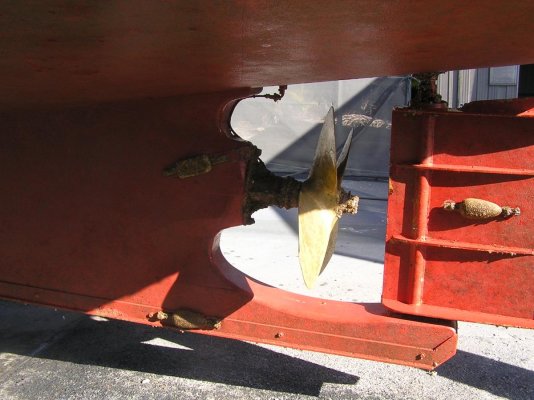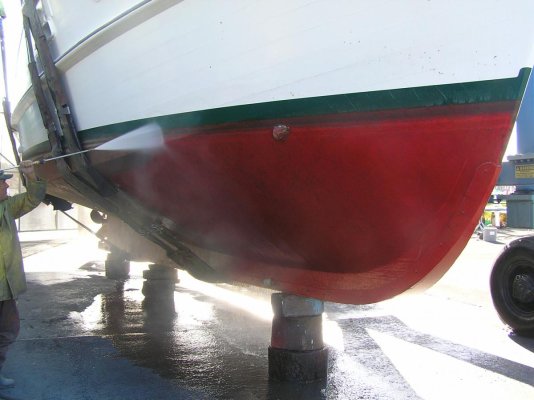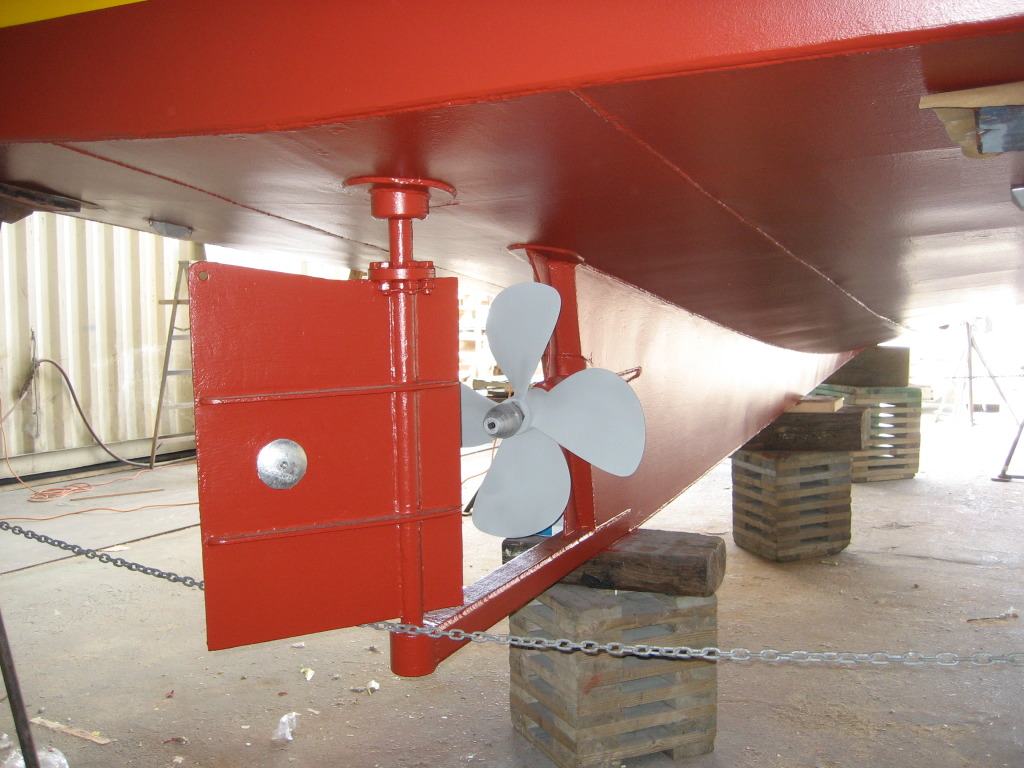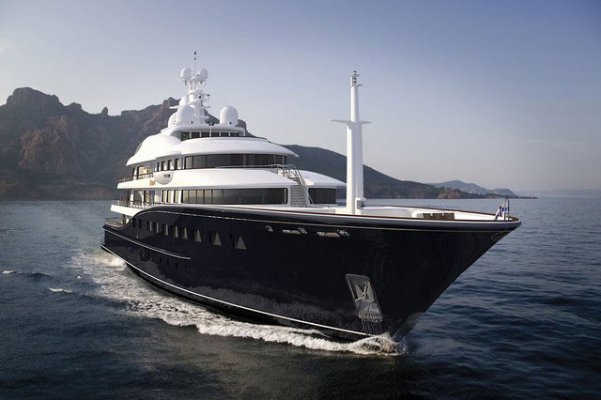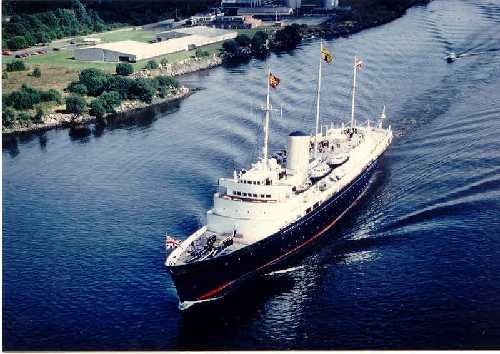Tad Roberts
Guru
were calling the skeg a shoe.
To further confuse matters.......
What in Maine (and no doubt other places) is called a Skeg Bar, Skeg Iron, or just Skeg, is in BC known as a Rudder Shoe or just Shoe. My sources are Buck-Algonquin (who make them) and a Celtic (BC Packers) Shipyard drawing from 1952.
The Oxford Companion To Ships and the Sea (British) states....Skeg, or Skegg; "an extension of the deadwood to prevent a ships propellers digging into the ground if she went ashore on a bank."


